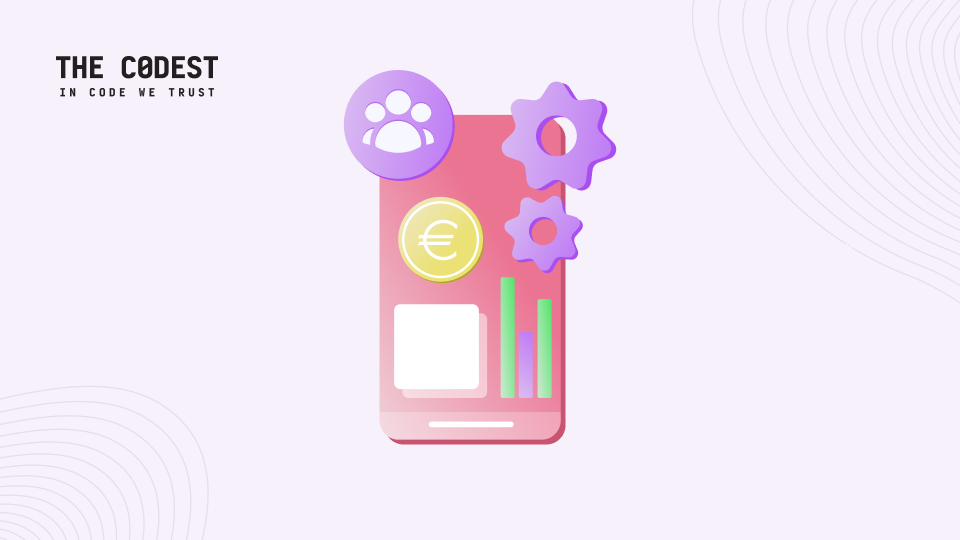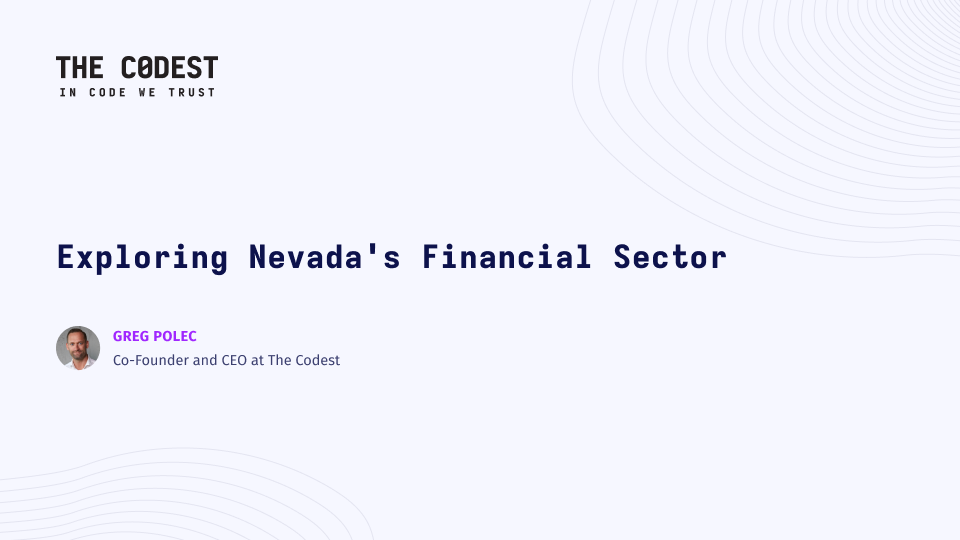If you think that you already know everything about the behavior and preferences of your users, then you are probably wrong because, according to publicly available research, up to 70% of companies do not have sufficient knowledge about their consumer profile. A similar situation can be experienced in the software development process. I want to draw your attention to why UX is not useless and must not be omitted.
I will start with positive information. A number of people and companies are aware that the right UX design has a great impact on the development of products, specifically ecommerce platforms or marketplaces. However, there is still a large group that omits this aspect, which is a serious mistake. Just look at the following statistics:
Importance of UX in software development:
- [A total of 52% of users believe that bad experiences in using mobile devices reduce their desire to cooperate with the company.]
- Mobile device users resign from undertaking specific interactions with a product five times more often if the website is improperly optimized for mobile traffic.
- As many as 88% of users who buy online believe that they would not return to the site after a negative experience.
- Up to 70% of online businesses are estimated to fail because of the UX mismatch to user preferences.
- Only 55% of companies carry out UX tests.

- The importance of mobile traffic is growing. A total of 53% of mobile site visitors leave a page that takes more than 3 seconds to load.
- As many as 75% of users assess the credibility of a product on the basis of its esthetics and functionality.
- Poor mobile optimization annoys 48% of users.
- A total of 44% of online store users share their negative opinion about the usability of the website with their friends.
- Prime UX sites can increase conversion by up to 400%.
Beware of these mistakes
Ok, you know why UX is so important at the stage of building and developing your product; now let’s take a closer look at the most common mistakes. I have put together some of the most common responses when talking to clients about the UX of their product. See for yourself:
‘I KNOW MY USERS’. This is one of the most common mistakes. Do not fall into the trap thinking that you already know everything about the group of recipients who will use your product. You must constantly listen to their needs, react to changes, and try to understand their preferences. A good idea is, for example, to conduct short surveys. Not very extensive, but rather substantial. It will give you answers to key questions.
‘I KNOW WHICH PRODUCT MY USERS WANT TO HAVE.’ Error. Remember that you are creating a product not for yourself, but for other people. It must meet their needs, not yours. Even if you think that your solution is brilliant, someone else may have a completely different opinion. Don’t forget that.”
‘TESTS MAKES NO SENSE.’ You’re wrong. Testing is the daily work of a UX designer. Imagine building a product from scratch. You want it to be in line with your customers’ preferences — in short, to bring real value. The best solution is to perform A/B tests. Only then will you really know what solutions meet their needs. In this way, you can measure conversion and make accurate business decisions.

‘I WILL COPY MY COMPETITORS.’ Such a strategy can turn against you. If you think that just copy everything that has the best competition, then you are wrong. In this way, you will not achieve success, and you will not attract the attention of a potential customer. Instead, try to stand out, create something new, and give extra value to your users.
‘THE MORE INFORMATION, THE BETTER.’ Do not overwhelm users with excessive information and content. It can be frustrating for them. The guiding principle is keeping it simple. Users appreciate the time, they expect specific information from you without having to extend, e.g. the purchasing process. Remember that.
‘IF A PRODUCT LOOKS PRETTY, THEN EVERYONE WILL USE IT.’ Another trap. You must know that a good UI is not everything. Even if your product is well designed in terms of graphics, you will not achieve the expected results without a good UX. Ideally, if you manage to combine both UX and UI.
‘I’VE CREATED A USER-FRIENDLY PRODUCT. I DON’T NEED TO DO MORE.’ Half the success is behind you. Remember, however, that what works well today will not necessarily function at this level tomorrow. The conclusion is that you must be up-to-date all the time. Regularly test, check, and meet the expectations of your users. This is the best way to success.
UX is useful in software development products!
Finally, I have three tips for you. The first is test, test, and test again. The second is before you implement any solution, think about what it should serve. How is this going to help your users? Only then should you start implementing it. One last note: don’t waste your time and underestimate UX design. You will see for yourself how quickly you will achieve benefits.
Read more:







